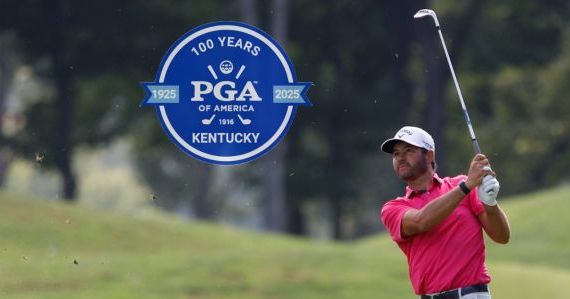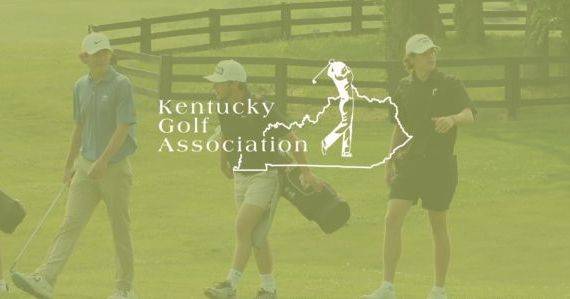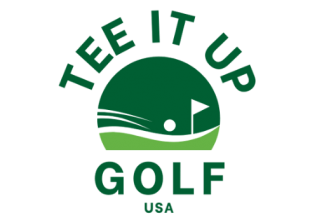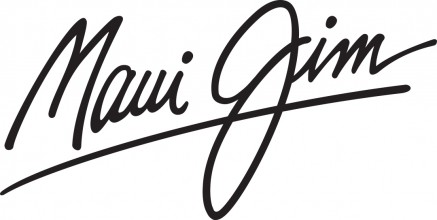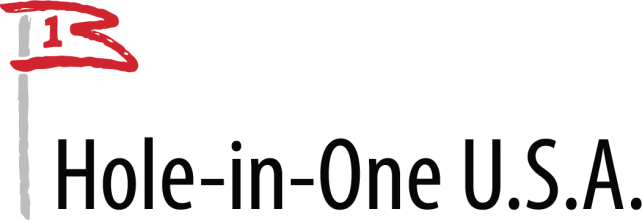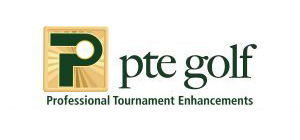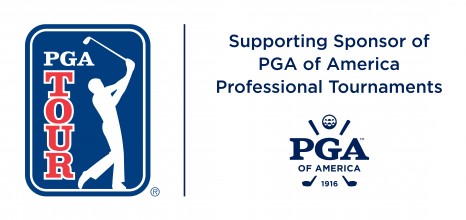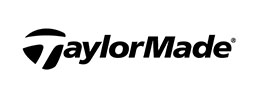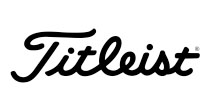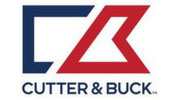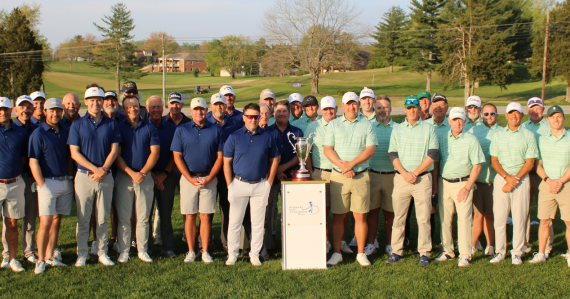
News
The Coomer Corner - Is That a Crocodile or Alligator?
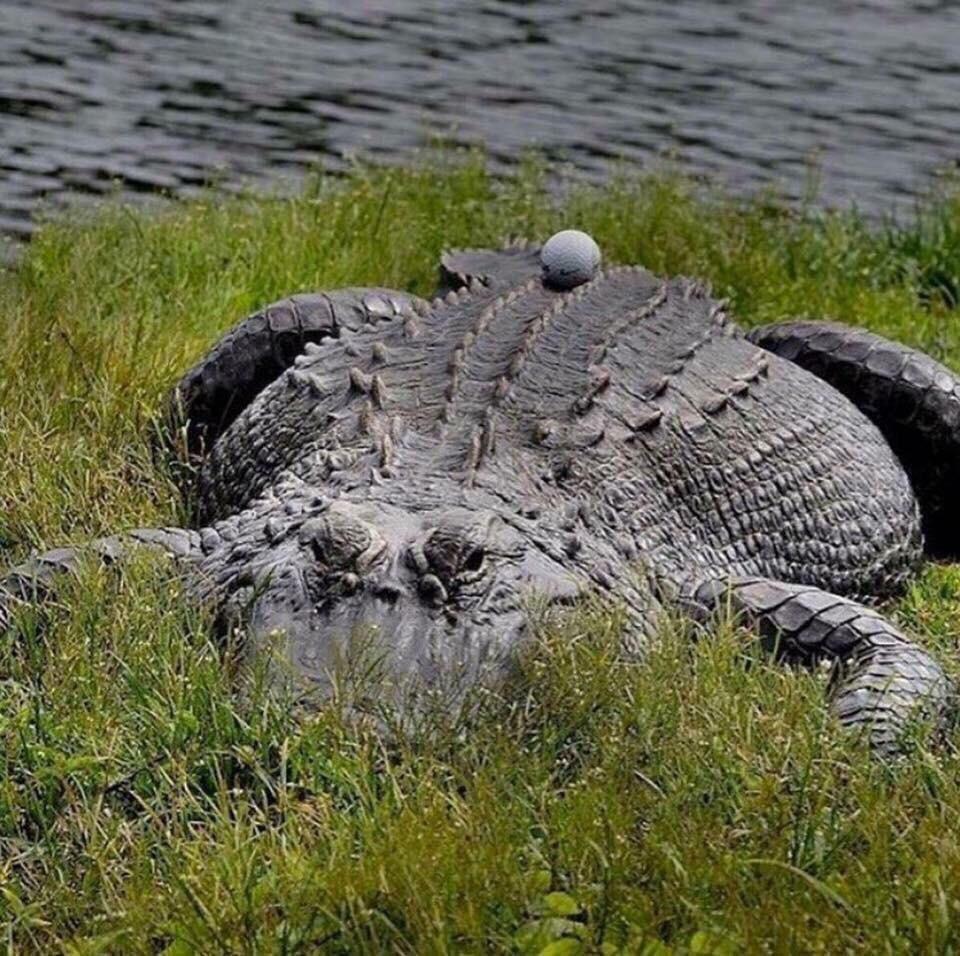
The Coomer Corner - Is That a Crocodile or Alligator?
(Rules for the Game of Golf)
The year is 1975. Hollywood has released a slew of films for movie goers including “The Godfather Part II”, “Chinatown”, “Lenny”, “The Towering Inferno”, “Murder on the Orient Express” and “Alice Doesn’t Live Here Anymore”. You may also remember another cinematic achievement, “Young Frankenstein”.
I can truthfully say there aren’t a lot of golf references in any of these movies, that I recall, but there is a memorable scene in “Young Frankenstein” that reminds me of the next rule in our series, Relief from Abnormal Conditions. When Dr. Frederick Frankenstein, Gene Wilder, sends his quirky assistance Igor, Marty Feldman, to break into the medical school’s brain depository to acquire a brain for his creation, the monster, Igor accidentally drops the glass container holding the brain of a very intelligent and deceased scholar. Unable to spell, Igor quickly grabs another container and heads back to his boss’s lab with the prize. Unknowingly, the doctor places the alternative brain into the monster. Once alive, the monster does not have the mental capabilities as expected. Dr. Frankenstein asks Igor about his acquisition and is told about the mishap. Instead of returning with the famous brain, Igor took one off the shelf that was labeled as “Abbie Normal”, or an abnormal brain.
We can assume the reference to abnormal in the movie has a very broad definition in the medical field just as it does in our rules of golf. Not every situation can be found under Webster’s Dictionary’s definition of abnormal so we will need to study the what, when, where and how this rule works best in our research.
Rule 16 – Relief from Abnormal Course Conditions (Including Immovable Obstructions), Dangerous Animal Condition, Embedded Ball
Purpose of Rule: When and how the player may take free relief by playing a ball from a different place, such as when there is interference by an abnormal course condition or dangerous animal condition. These conditions are not treated as part of the challenge of playing the course, and free relief is generally allowed except in a penalty area. The player normally takes relief by dropping a ball in a relief area based on the nearest point of complete relief. This rule also covers free relief when a player’s ball is embedded in its own pitch-mark in the general area.
So, we now have a guideline to follow as we uncover what abnormal conditions are included when determining our procedure. Starting with animal holes, relief is provided when there is loose material dug out of a hole, worn-down tracks or trails leading into the hole or areas where the ground is pushed up or altered as a result of an animal digging underground. This relief option does not include animal footprints that are not part of the tracks or trails.
Ground under repair is the next condition included in the abnormal course conditions. Unfortunately, we have all been victim of what we believe is an area of ground under repair when in fact the condition is similar to many other areas of the course because of maintenance, weather or seasonal effects on the turf and is not truly GUR, just prevailing conditions. The Committee is in charge of determining and defining what is GUR on the golf course. The most likely areas to be defined will be turf surfaces that are in the process of being seeded and in a re-growth period, recent damage that has changed the character of that area, maintenance procedures such as digging for repairs or laying pipelines, material that has been piled for later removal or even an animal’s habitat that is near the player’s ball and may be damaged in taking a stance or swing.
Immovable obstructions are included in abnormal conditions even though many of these obstructions are very common to all golf courses. Cart paths, irrigation control centers, permanently affixed benches, trash cans, hole signage, irrigation heads and any other obstruction that cannot be moved without unreasonable effort are all part of this list.
Finally, temporary water rounds out the list of conditions that are addressed under Rule 16 as Immovable Obstructions. The rule book defines temporary water as an accumulation of water on the surface of the ground that is not in a penalty area and can be seen before or after the player has taken a stance. Snow and natural ice can be defined as temporary water at the player’s option.
Now it’s time to learn when these conditions allow us to take relief before our next stroke is made. Interference exists when the player’s ball touches or is in an abnormal condition, the condition physically interferes with the player’s area of intended stance or swing or when the condition intervenes on the line of play when the player’s ball is on the putting green. Just because the abnormal condition may distract the player, there is no relief unless the other requirements are met.
Relief is allowed anywhere on the golf course except if the ball is in a penalty area. You must proceed under the guidance of Rule 17 for those situations.
The Relief Area is defined for you as well in this rule. Starting with the Relief Point, which is the nearest point of complete relief in the general area, the Relief Area is one club-length in size from that point, no closer to the hole. Once the ball is dropped in that relief area, the abnormal conditions, such as a cart path, must not interfere with any part of the stance, swing or lie of ball. Don’t forget this important fact, this is a FREE DROP if done accurately.
Other areas such as a bunker that has temporary water, a putting green with irrigation heads, No Play Zones, and dangerous animal conditions are addressed, as well, with relief procedures defined inside the rule.
Lastly, relief is allowed for an embedded ball when the following conditions are met. The ball must be embedded, or in its own pitch-mark as a result of the player’s previous stroke and where part of the ball is below the level of the ground. The ball does not have to touch soil to be embedded (grass and loose impediments may be between the ball and the soil). The ball must also be in the general area to obtain relief. The relief point is directly behind where the ball is embedded. The relief area is one club-length from that point to each side and behind the ball. As long as the dropped ball comes to rest in that area, the ball is in play.
Our earliest golfing ancestors would not have experienced interference by irrigation controls, asphalt paths or pipelines for watering systems but they had their share of animal holes and temporary water. I guess the pledge to play the course as you find it will always have its exceptions, no matter what.



